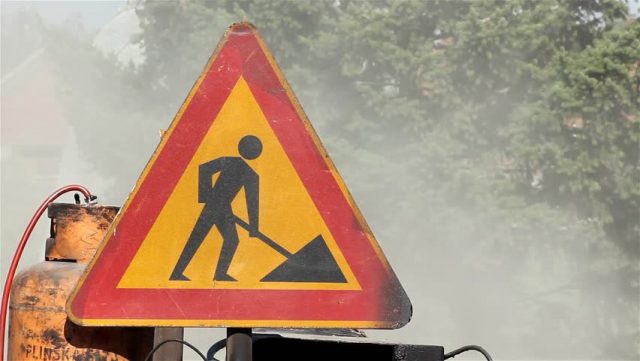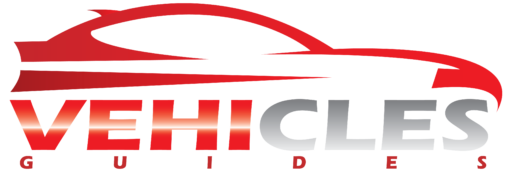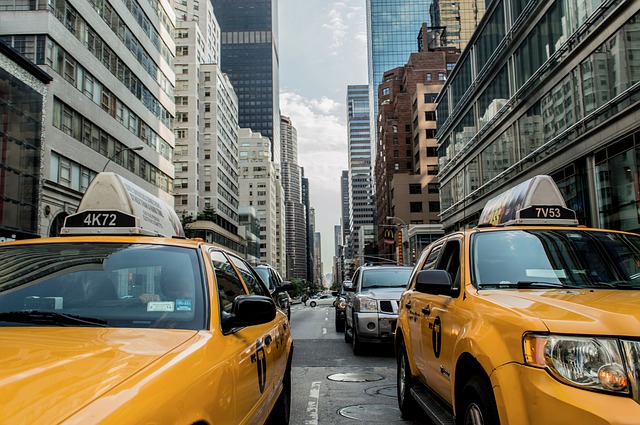Since we turned eighteen, and sometimes before, many Spaniards have already hit the road to drive, be it a car or a motorcycle or moped. If this is your case, from then on and as long as you continue driving, you will always be accompanied by traffic signs. Some of these signs attempt to inform or alert the driver or pedestrian about what is happening on the road. Others want you to take precautions, or warn you of a special risk on the road.

Although the years go by for everyone, it is not that difficult to remember most of the traffic signs. It is essential that you know them well, in order to drive safely and responsibly. In addition, you will avoid the occasional fine or even the loss of points on your driver’s license.
What are traffic signs?
Although you probably know what traffic signs are, it never hurts to remember it again. Traffic or transit signals are images that are located on billboards on public roads. Both their symbols and their shape and color vary depending on what they want to convey to us. The main objective of all signs is to alert or inform both the driver and the pedestrian of what is happening on the road.
Based on that, the precautions indicated should be taken. As you can imagine, its non-compliance entails economic sanctions in the vast majority of cases. In the case of drivers, in addition to financial sanctions, it could lead to the loss of points on the driver’s license. Although it is possible to recover those lost points, responsible and prudent driving will ensure that you will never be penalized.
Types of traffic signs
Currently there is a quantity of about 150 to 200 traffic signs. This amount normally varies depending on the country in which you are. Depending on their objective, they will have a different shape and color, and failure to comply results in a penalty for the offender. Many times it happens that, when driving very fast, concentration decreases. Therefore it is important to drive properly, to be able to look at all traffic signs. The next sign you come across may be warning you of a potentially dangerous situation. There are four main types: hazard, regulatory, informational, and works.
Warning signs of danger
As its own name indicates, they warn you of the proximity of a danger on the road. They are usually triangular in shape, with a red border and a white background. Inside is the symbol about the danger they warn of. Among them are: intersection, traffic light, level crossing, dangerous curves, slippery pavement, passage of animals, cross wind, circulation in both directions and other dangers.
Regulatory signs
This type of regulation indicates the obligations, limitations or special prohibitions that you must take into account when driving. They mostly have a white background and a red border, but there are six different groups:
- Priority signs: indicate the priority of one vehicle or another at intersections or in narrow passages. For example, a give way.
- Passage restriction signs: prohibit or limit access to certain vehicles from that point.
- Other prohibition signs: they prohibit certain actions such as turning and overtaking, as well as speed, stopping or parking restrictions.
- Compulsory signs: indicate a mandatory traffic rule. For example, driving in a certain direction or with dipped headlights on.
- End of prohibition: they indicate the end of the prohibitions or restrictions of the previous signals.
Indication signs
Its purpose is to indicate certain useful information, such as the type of road or its direction. They are usually printed in white on a blue background, and are rectangular in shape. However, all of them are divided into:
- General indications: they inform you about the type of road, the recommended speed, the direction of the road and if it is a dead end road.
- Lane markings: indicate the type of lane or lanes, their restrictions…
- Service Signs: Tell you about the services that are in the vicinity.
- Orientation signs: they provide indications about locations, directions, places of interest…
- Complementary panels: express the distance or direction from the signal to the indicated place.
Construction signs
These are provisional signs due to works on the road you are driving on. They are exactly the same as the rest of the signs, with the only difference that the background is yellow.
Other signs
Apart from the four main groups of traffic signs, there are also other types of signs:
- Ground signs: they usually have the shape of an arrow, and inform you about the direction you should take on the road.
- White lines: they serve to divide the road into lanes. If the line is broken, it means that you can pass, for example to overtake. If, on the other hand, the line is painted continuously, it is strictly forbidden for you to cross it.
- Luminous signals or traffic lights: it is not usually considered a traffic signal as such, but it is convenient to know their meanings.
- Green light: you can pass or go ahead.
- Amber Light: If you were running before it turned that color, you can continue. If not, it is preferable that you stop.
- Red light: as we all know, it strictly prohibits the passage.
Priority between signals
Apart from the meaning of the signals, it will also be quite important that you remember the priority between them. Regarding their application, traffic signs affect the entire width of the road you are driving on. In addition, if the sign is for regulations and is placed next to another that indicates the name of a town, it will affect the entire town unless there is another that indicates otherwise. For example, a sign indicating the speed limit in a town.
In addition to that, the different signs follow by law a specific order of priority:
- Indications or orders of the authorities or traffic agents: these orders have priority over all other traffic signs, whatever they may be. For example, if you meet a traffic officer next to a traffic light, the indication you receive from the officer will have priority over the traffic light.
- Circumstantial signaling: it is generally the one that is placed when works are being carried out on the road. A sign limiting speed to 80 km/h on a highway under construction would have priority over the permanent 120 km/h.
- Traffic lights: if it happens that you come across a flashing amber traffic light and a STOP, you must always obey the STOP. This is because it is the more restrictive of the two signs.
- Vertical traffic signs: in the event that two restrictive signs placed in the same place contradict each other, the most restrictive of them would predominate.
- Horizontal signs or road markings: they are the signs with the least priority on the list. For example, if you come across a yield sign in the same place as a STOP marking, you must obey the yield sign.






